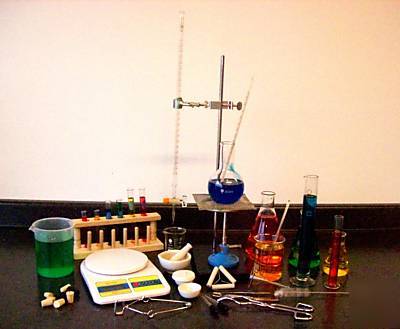

At a higher conversion of ethylene carbonate such as 63%, the selectivity for mono-chlorinated ethylene carbonate over di-chlorinated ethylene carbonate was 86%. Design, characterization and optimization of photoanode. Abstract We report a photochemical flow setup that exploits orthogonal reactions using two different colours of light (1350 nm and 2410 nm) in sequential online irradiation steps. productivity corresponds to over a 75-fold increase over the batch setup. The 100% selectivity for single chlorination required the low conversion of ethylene carbonate such as 9%, which was controlled by limited introduction of chlorine gas. For this purpose, a robust testing setup will be developed and a reference system established. this reaction was performed in a photoflow reactor, constructed from PFA. We also found that the contaminated water negatively influenced the performance of C-H chlorination. The partial irradiation of the flow channels sufficed for the C-H chlorination, which is consistent with the requirement of photoirradiation for the purpose of radical initiation.

Such short time exposition sufficed the photo C-H chlorination. When ethylene carbonate was introduced to the reactor, the residence time was measured to be 15 or 30 sec, depending on the slope of the reactor to be 15 or 5 ☌, respectively. The setup employed sloped channels so as to make the liquid phase thinner, ensuring high surface to volume ratio. The continuous flow LED photoflow reactor system can be configured in a. A novel photoflow setup designed for a gas-liquid biphasic reaction turned out to be useful for the direct use of chlorine gas in flow. Its modular set-up gives the User flexibility on the configuration & number of. We report flash C-H chlorination of ethylene carbonate, which gives chloroethylene carbonate, a precursor to ethylene carbonate.


 0 kommentar(er)
0 kommentar(er)
